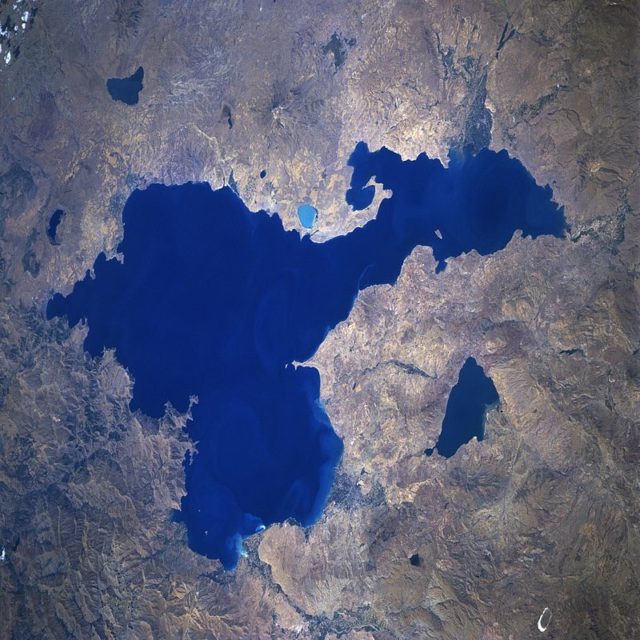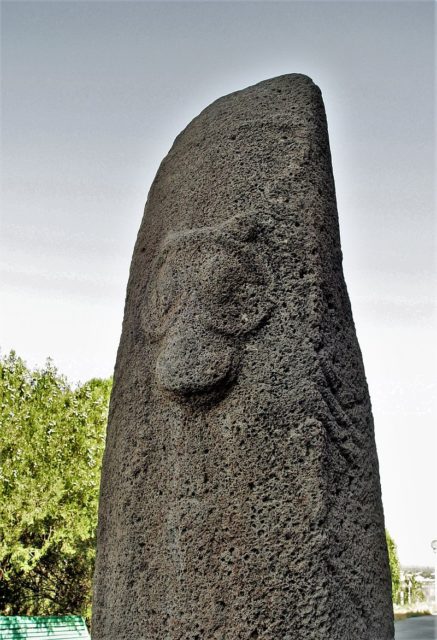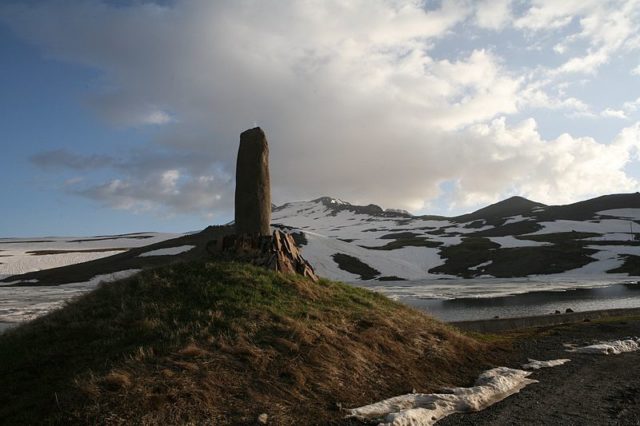A style of stone that is carved to become a monument is called a vishap stele or a vishap stone. This type of rock is commonly discovered in Armenia, and the country is proud of its wonderful culture.
The stones are very easy to identify because they are usually carved into serpents, dragons, snakes, and fish. The monuments are known as serpent and dragon stones. They are considered a true cornerstone of Armenian art and culture.
“Vishap” in the Armenian language means “dragon”. Monuments recount legends of these strong and majestic creatures that resided throughout the tall mountains, massive lakes, and up in the sky. These creatures were celebrated through the carving of stone and frequently occur throughout the country.

Even thought it’s tough to date the monuments, it’s easy to identify the time frame of the carvings are shockingly easy. The mythological creatures give Representations of these mythical creatures are not limited to the monuments because experts speculate that the carving themselves have been discovered throughout the country.
It’s speculated that the carvings were created during the Neolithic period. It’s been thought by experts and throughout the culture of Armenia that these dragon monuments made its way into civilizations west of the country.
Shockingly, the monuments have been a rediscovery. The first monuments had been discovered through an excavation that started in 1909. The experts credited for the unearthing are N. Marr and J. Smirnov. Since that date, experts have been surrounded with mystery.
The exact origins of the monuments are truly unknown. It’s not known if all of these monuments to mystic creatures were created at once or if they were built over a long period of time.
Based on the inscriptions that have been found on the monuments, some of them have been credited to the 1400s. The creations could have been made earlier but the time frame was determined by experts based on documentation about the country. The carvings could have been added on after the resurrection of the monuments.
It’s also possible that the carvings were used to convert pagan carvings into ones of Christian faith instead. It’s also been discovered that Urartian cuneiform throughout an Armenian settlement named Garni. Urartu, which is known as the Kingdom of Van, was located around a beautiful lake in Turkey around the Armenian Highlands.
Due to the facts that the kingdom thrived around the first millennium before Christ, it’s speculated that the monuments could be from this era or earlier.

Due to the fact that a precise timeline can’t be found, the true reason why the monuments were created are mostly unknown. Without exact information on who created these carvings, it’s difficult to find the true purpose of the monuments. In turn, experts are puzzled with the challenge of identifying the true origins of the statues and their influence inside of Armenian culture.
Regardless of the scientific backing, experts have still contemplated the functions and importance of the stone statues. Some experts believe that they were created to protect against evil spirits and predators across the land.
Scholars have also noticed that monuments were put around water springs. This led to speculation about the connections of the water, Ancient Origins reported.

It’s a well-known fact that mystery shrouds the monument to this day. Hopes are that more research will give insight into the picture that surrounds the monuments. Regardless, there is enough of a curiosity around the monuments to create interest around the country.
In a park, there are eight carved stone monuments that were almost demolished due to construction. However, there has been a suspension of the construction due to the locals’ protection of the park. While there isn’t any news on further developments on the outcome of the park, the monuments are currently still protected.
